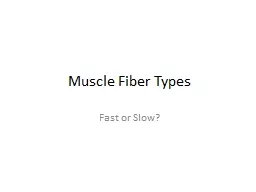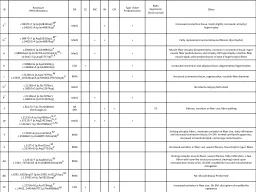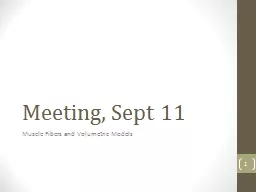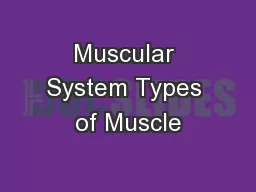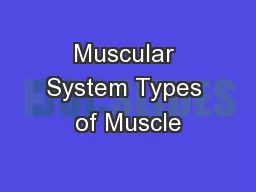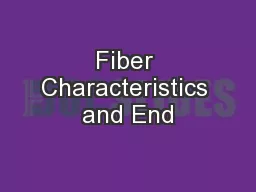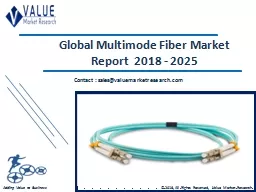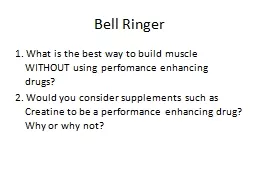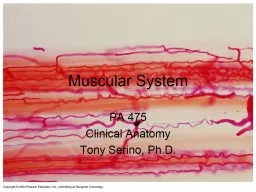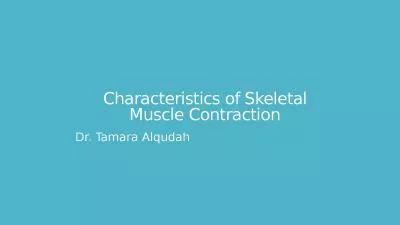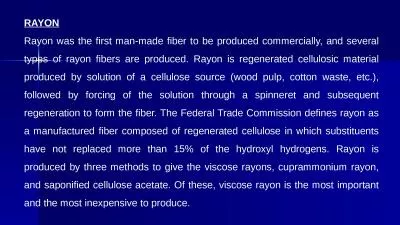PPT-Muscle Fiber Types
Author : marina-yarberry | Published Date : 2015-10-20
Fast or Slow Skeletal muscles contain two main types of fibers which differ in the primary mechanisms they use to produce ATP the type of motor neuron innervation
Presentation Embed Code
Download Presentation
Download Presentation The PPT/PDF document "Muscle Fiber Types" is the property of its rightful owner. Permission is granted to download and print the materials on this website for personal, non-commercial use only, and to display it on your personal computer provided you do not modify the materials and that you retain all copyright notices contained in the materials. By downloading content from our website, you accept the terms of this agreement.
Muscle Fiber Types: Transcript
Download Rules Of Document
"Muscle Fiber Types"The content belongs to its owner. You may download and print it for personal use, without modification, and keep all copyright notices. By downloading, you agree to these terms.
Related Documents

